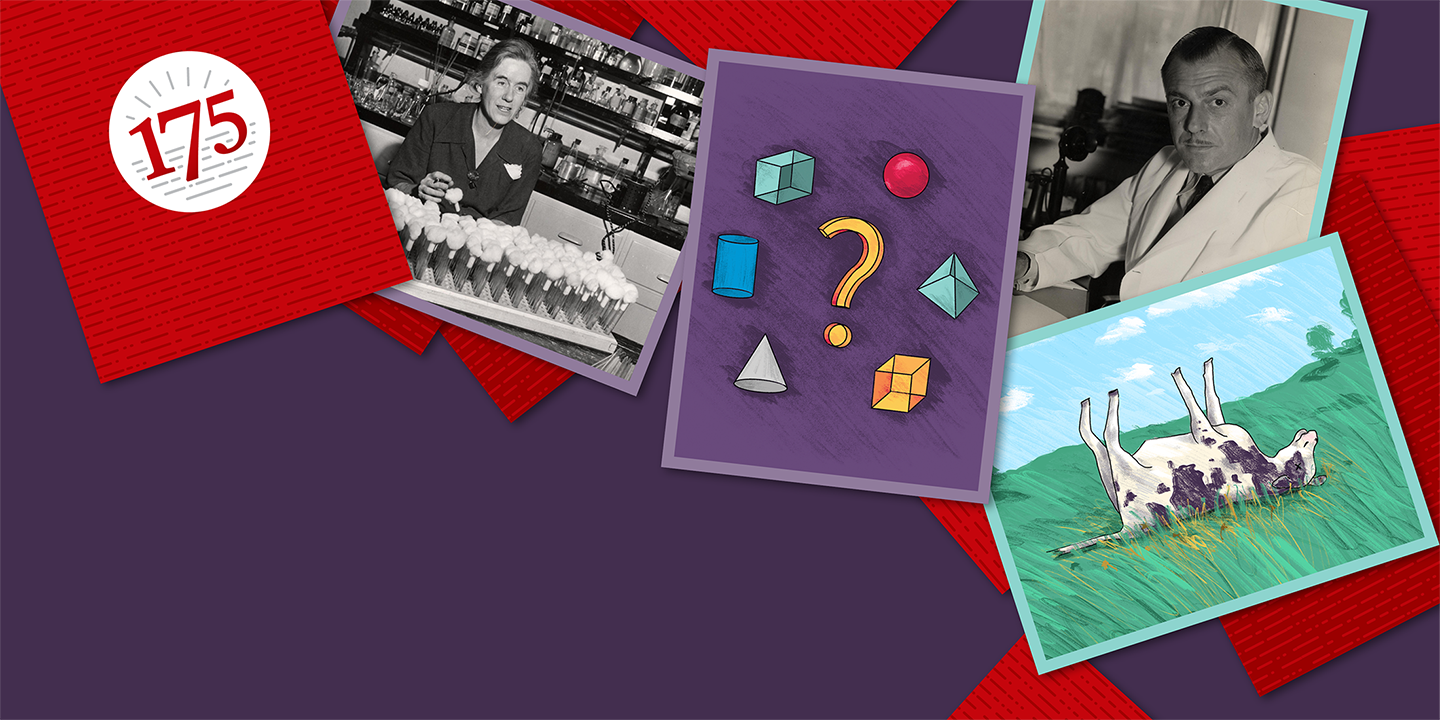
How Well Do You Know UW–Madison?
Test your knowledge in a 175th anniversary quiz.
Question: which state turned the game Trivial Pursuit into a wedge issue in the early 1980s?
Answer: Wisconsin, of course.
Fans of metatrivia — who like to parse the factoids surrounding a game about factoids — know that Trivial Pursuit was created by a couple of Canadians, Scott Abbott and Chris Haney.
This is not their story.
Rather, this is a story about the game’s pieces, those little circular cannisters that players had to fill with … wedges? Pie pieces? Pizza slices? Cheese triangles? At any rate, the plastic thingy in which players put other plastic thingies.
When Abbott and Haney invented Trivial Pursuit, they quickly discovered they needed a company to make game pieces. In 1983, they turned to Northern Plastics of Elroy, Wisconsin. Northern Plastics did thermoforming: it created plastic items in various shapes and sizes. That is, it made thingies.
Trivial Pursuit was a cultural phenomenon, and between 1983 and 1985, Northern Plastics turned out 30 million game sets. And if you know of Elroy’s connection to it — well, good for you. You know your metatrivia.
“Interesting,” you say. “Is there more to this story?”
No.
Just as brevity is the soul of wit, non sequitur is the essence of trivia. Drop a fact and walk away.
Still, it’s no great surprise that a plastic thermoforming company would be located in Wisconsin. UW–Madison created the world’s first plastics courses in 1946, when Ron Daggett ’38, MS’39 joined the faculty at the College of Engineering. The UW helped make Wisconsin a plastic mecca — the state’s plastics industry is one of the largest in the nation.
Both Wisconsin and the UW were born in 1848, and so this year, both are celebrating their 175th anniversary. Over that century and three-quarters, the state and its flagship university have worked together to play an outsize role in the world. Many of the objects, products, and practices that you think you know have ties to the UW.
Doubt it? Well, try to answer these questions, and you’ll get a sense of the UW’s nontrivial pursuits. To ensure non-violation of trademark, we are not presenting this information as a game, but in honor of the thermoformers of Northern Plastics, we have organized our trivia quiz in six wedge-able categories: Medicine, Technology, Business, Arts & Literature, Science, and History. Answers are below.
Medicine
- Every newborn is scored for appearance, pulse, grimace, activity, and respiration. What’s this score called? (Misleading hint: it isn’t an acronym.)
- The most common procedure used to treat skin cancer is named for a UW grad. What’s the procedure?
- UW microbiologist Elizabeth McCoy ’25, MS’26, PhD’29 improved on Alexander Fleming’s process to enable the mass production of what wonder drug?
- The UW Solution doesn’t solve a conventional problem — what’s it for?
- Helen Dickie ’35, MD’37 would not breathe easy until she had done all she could to eliminate what lung disease?
- Psychology professor Joseph Jastrow studied optical illusions — his most famous is an illustration that combines which two animals?
- In 1971, Raymond Damadian ’56 published a paper showing that he could find tumors using what process?
- Psychologist Abraham Maslow ’30, MA’31, PhD’34 wrote that people have a hierarchy of needs — what shape is associated with his hierarchy?
Technology
- Michael Dhuey ’80 put music in your pocket. What did he help invent?
- Be honest: do you know what William Bleckwenn 1917 and Professor William Lorenz were trying to create when they experimented with sodium amytal? What was it?
- Dam it, Jim, he’s an engineer, not a geographer! When John Savage 1903 designed the Hoover Dam to block the Colorado River, in what state did he leave it?
- Jack St. Claire Kilby MS’50 created the miniaturized electronic circuit that made what math-teacher-terrifying product possible?
- Professor Farrington Daniels was a chemist, but he eventually saw the light. He became the nation’s leading advocate for what kind of energy?
- A dead cow and spoiled clover were the origin of what substance named for the UW’s patent agency? (It’s both a drug and a deadly poison.)
- Hey, sports fans, what structure is associated with architect David Geiger MS’60?
- Decades before Google, Bing, and SYSTRAN came along, Warren Weaver 1916, 1917, PhD1921 wrote a memo detailing how computers could be used to do what?
Business
- According to the lore of one of the firm’s founding families, UW–Madison’s Picnic Point played a key role in the 1901 establishment of what Wisconsin classic company?
- Although he spent 24 years as a federal employee, he owned a company that seemed to violate article 1, section 8 of the U.S. Constitution by issuing its own “cash.” Who is he?
- Believe it or not, Stephen Taber III ’49 was an expert in artificial insemination and an apiologist, meaning he worked with what species?
- After helping out in his father’s La Crosse plumbing shop, Rueben 1910 came to Madison to earn an engineering degree. He returned home to help Dad create what global heating and air-conditioning empire?
- All the top-rated shows on TV and radio have this UW grad to thank for their success — who was he?
- The Wisconsin dairy industry owes a debt to Alice Evans MS1910 for proving that what process would destroy brucellosis germs and make milk safe to drink?
- Jay Lush PhD1922 was called the “father of modern scientific animal breeding,” and he was awarded the Wolf Prize. But he didn’t father any animals or study wolves. Rather, he studied pigs, cattle, goats, sheep, poultry, and what agricultural insect?
- Engineering professor Charles Frederick “Battery” Burgess 1895, MS1898 invented several kinds of dry-cell batteries — thus the nickname. They were so advanced that scientists loved them — including Dr. Emmett Brown, who used them in what historic film series?
Arts and Literature
- Oh, deer! What’s the title of Marjorie Kinnan Rawlings 1918’s most famous book?
- The movie Zero Hour! starred what former Badger football player?
- D’ya know who hosted the public-radio show Whad’Ya Know? Name him!
- Zona Gale 1895, MLitt1899 was the first woman to win a Pulitzer Prize in what category?
- Steve Levitan ’84 served as executive producer for all 11 years of this Emmy-winning sitcom’s run on ABC. The program’s working title was My American Family. What was its actual title?
- When UW professor Nellie McKay coedited the first Norton Anthology of African American Literature, what type of poetry was the first section devoted to?
- Jane Brody MS’63 — who spent 46 years as a columnist for the New York Times and whom Time magazine described as “the High Priestess of Health” — has written several best-selling books in what category?
- Lorraine Hansberry x’52 is known as the author of the play A Raisin in the Sun. But she also wrote The Arrival of Mr. Todog, a parody of what other play?
Science
- Gordon Woods MS’82, PhD’83 helped create Idaho Gem, the first clone of its species. Idaho Gem wasn’t a potato — what was it?
- Sulamith Goldhaber PhD’51 and her husband, Gerson PhD’51, were noted for their discoveries with respect to what quirky subatomic particles?
- Elmer Kraemer 1918, PhD1924 helped to invent what synthetic fiber (which is almost certainly not named after a ticket stub for a transatlantic steamship)?
- Hubert Mack Thaxton MA’36, PhD’38 had a distinguished career creating particle accelerators, jet aircraft, television antennas, and more. He was also among the first Black people to earn a doctorate in physics — how many came before him?
- During World War II, UW physics grad Joseph Laws McKibben PhD’40 had a blast working on what project?
- Mary Kenneth Keller PhD’65 was the first woman (and second American) to earn a doctorate in computer science. But what was her day job?
- The “jansky,” named for Karl Jansky 1927, MA’36, is a metric unit measuring spectral flux density. What field of study uses the jansky?
- During World War II, Major Charles Woodworth PhD’30, an entomologist, commanded the U.S. Army’s fighting 33rd. What enemy did the fighting 33rd fight?
History
- Before he became the first Japanese-Canadian-American to win a seat in the U.S. Senate, S. I. Hayakawa PhD’35 was noted for his work in what academic field?
- John Davis MA’34 and Mabel Smythe-Haith PhD’42 did the homework that helped lead the Supreme Court to a unanimous decision in which landmark 1953 case?
- Ineva Baldwin MA’28 was the UW’s assistant dean of women, but during World War II, she served her country. No woman held a higher rank than she did in which branch of the armed services?
- This namesake for a county near Wisconsin’s northern border refused the Democratic nomination for president in 1896 — who was he?
- Rasmus Anderson, UW professor from 1867 to 1883, led the effort to make October 9 a holiday honoring what person?
- Vel Phillips LLB’51 owns a lot of firsts: first Black woman to graduate from UW Law School, first Black judge appointed in Wisconsin. In what city was she the first woman (and first Black person) elected to the common council?
- Wiley Rutledge 1914 was the ninth and final judge appointed to the U.S. Supreme Court by which president? (He appointed more judges than anyone since George Washington.)
- Kate Hamilton Pier LLB1887 was the first woman to do what in Fond du Lac County?
Answer Key
Medicine
- It’s an Apgar score, named for Virginia Apgar, who trained in anesthesiology at the UW Hospital in the 1930s. Apgar noted that, while much medical care was improving, the death rates for babies less than a day old hadn’t budged. She came up with a quick assessment that doctors could give newborns: five characteristics that illustrated health immediately at birth. The Apgar score caught on around the world, and to help remember the characteristics, doctors attached them to the letters in Apgar’s name, thus creating a “backronym” — an abbreviation retroactively assigned to a word. APGAR is now a medical term in English, French, Spanish, Portuguese, German, and Czech.
- The Mohs surgery, developed in 1938 by Frederic Mohs, is still considered the best method for treating certain skin cancers. When it’s done correctly, the cure rate is about 95 percent.
- Penicillin was Elizabeth McCoy’s drug of choice. The microbiologist was one of the UW’s first female professors, and she developed the antibiotic oligomycin. (It’s okay if you’ve never heard of oligomycin — it’s chiefly used in research.) During World War II, she joined in a UW project to increase the production of penicillin, which was then rare but much needed for the war effort. She discovered a strain of Penicillium that would speedily produce great amounts of the wonder drug. By March 1945, the United States made penicillin available for civilian use.
- The UW Solution, or Viaspan, is used to store human organs for transplant. It’s considered the gold standard for organ preservation.
- Helen Dickie fought the battle against tuberculosis. Dickie was among the first women to serve on the faculty of the UW’s Medical School, and she was an expert in lung ailments. She also helped identify the cause of “farmer’s lung” — moldy hay.
- Joseph Jastrow’s most famous illusion is the duck-rabbit: it can be seen as a duck facing left or a rabbit facing right, with its ears tipped back. Jastrow was on the UW’s faculty from 1888 to 1927, and he conducted wide-ranging research — into parapsychology and psychic phenomena (which he debunked), hypnosis, and unconscious movement. He also discovered that people who had become blind after age six were still able to see in their dreams.
- Raymond Damadian ’56 discovered that he could use magnetic resonance to identify tumors, and he was one of the inventors of the magnetic resonance imaging (MRI) machine.
- Abraham Maslow’s hierarchy of needs is often called Maslow’s Pyramid. At its bottom are a person’s most basic requirements — food, water, air, light — and needs become more abstract as the pyramid rises: safety, belonging and love, esteem, cognitive stimulation, aesthetics, self-actualization, and transcendence.
Technology
- Michael Dhuey helped to invent the iPod in 2001. Design News twice nominated him for Engineer of the Year for his work on the iPod and on video conferencing products.
- William Bleckwenn and William Lorenz, both neurologists and psychiatrists, experimented with substances that might be used as a truth serum. They helped establish the field of psychopharmacology: the use of drugs to treat psychiatric disorders.
- John Savage helped build lots of dams: Shasta, Parker, Grand Coulee. But the best known is the Hoover Dam (called the Boulder Dam by the Roosevelt administration, which didn’t like Herbert Hoover). It blocks the Colorado River on the border between Nevada and Arizona.
- Jack St. Clair Kilby’s discoveries and inventions helped make Texas Instruments the leader in pocket calculators. They made other things, too, but it’s calculators that frightened math teachers, who suspected that students wouldn’t learn arithmetic if a machine could add for them.
- Farrington Daniels was an expert in and advocate for solar energy. Daniels was a chemist, with a special concern for the ways that heat and energy transfer. In the 1950s, he came to feel that solar power offered a cheap, widely available supply of energy. He led the UW’s Solar Energy Laboratory, and in 1964, he published the book Direct Use of the Sun’s Energy, which became a mass-market paperback in 1974, two years after Daniels’s death, during the oil crisis of the 1970s.
- Warfarin is a blood thinner that can be used as a lifesaving drug or as a rat poison. Its key chemical is dicoumarol, which Karl Paul Link ’22, MS’23, PhD’25 isolated from spoiled sweet clover. A farmer named Ed Carlson in Saint Croix County brought the clover to Link’s attention when several of his cows died of internal hemorrhage after eating it. (Actually, Carlson brought 100 pounds of clover, a dead cow, and a bucket of blood to Link’s attention, but Link didn’t seem to resent it.) Link patented warfarin through WARF — the Wisconsin Alumni Research Foundation. Poison was its primary use — its medicinal properties were discovered later.
- David Geiger is known for domes — especially large domed structures that use air-supported fabric roof systems. Geiger designed several domed stadiums, including the Pontiac Silverdome in Detroit, the Hubert H. Humphrey Metrodome in Minneapolis, and the RCA Dome in Indianapolis.
- Warren Weaver was a machine-learning pioneer: in 1949, he wrote one of the first memos suggesting that computers could be used to translate from one language to another. Weaver was a civil engineer, and during World War II, he lent his skills to the U.S. government to work on designing electronic calculating machines and to do code-breaking. It was the latter work that inspired him to think of different languages as mere codes, which a computer could be used to decipher.
Business
- According to the Davidson family, Harley-Davidson Motorcycles began with the help of $500 in venture capital supplied by Arthur, Walter, and William Davidson’s “honey uncle,” who owned a bee farm on Lake Mendota. That farm was part of the land that the UW eventually acquired in 1945 and is now known as Picnic Point.
- Herb Kohl ’56 was heir to the Kohl’s retail empire — and was elected to the U.S. Senate four times. Kohl’s Cash, however, is not legal tender, even in Wisconsin.
- Stephen Taber III came up with a method for artificially inseminating honeybees. It cannot have been comfortable for anyone involved.
- Reuben 1910 was Reuben Trane, and the radiator company he helped his father grow is now a worldwide leader in heating, ventilation, and air conditioning. It’s hard to stop a Trane.
- All the top-rated shows in television and radio have one thing in common: ratings, and ratings are the creation of A. C. Nielsen 1918. Nielsen studied electrical engineering at the UW, but his great contribution was in applying statistical methods to marketing. His rating system — and the Nielsen Company, led by Nielsen and then his son, A.C. Nielsen Jr. ’41 — dominated broadcast media for generations.
- Alice Evans advocated for pasteurizing milk to prevent the spread of brucellosis — sometimes called Malta fever or Gibraltar fever or Crimean fever. Fever is bad enough, but brucellosis also causes malaise, anorexia, arthritis, liver inflammation, and a variety of other yucky things.
- Among the many animals Jay Lush bred was the honeybee. According to the USDA, commercial honey producers in the state made 2.9 million pounds of honey in 2022, up about a million pounds from 2021.
- Charles Frederick Burgess’s batteries make a cameo in Back to the Future Part II, employed by time-traveling Emmett “Doc” Brown (and Marty McFly). Burgess not only launched his own battery company, but he was also a consultant with the French Battery Company, which eventually became Rayovac, which later became Spectrum Brands.
Arts and Literature
- Marjorie Kinnan Rawlings’s most famous book was The Yearling, the story of a boy in rural Florida who adopts a deer. Published in 1938, it won the 1939 Pulitzer Prize, and MGM made it into a movie in 1946.
- Zero Hour! starred Elroy Hirsch x’45, who earned the nickname “Crazylegs” while playing for the Badger football team. He went pro with the Chicago Rockets and the Los Angeles Rams, and he later served as the UW’s director of athletics. But between football and administration, he had a short career in the movies, starring in such pictures as Crazylegs (the story of his life), Unchained (a prison flick), and Zero Hour!, an airplane disaster movie that inspired fellow Badgers Jim Abrahams x’66 and David ’70 and Jerry ’72 Zucker to make Airplane! in 1980.
- The longtime host of radio’s Whad’Ya Know was Michael “the Sage of Wisconsin” Feldman ’70. Whad’Ya Know ran from 1985 to 2016. The show also became a podcast.
- Zona Gale was the first woman to win the Pulitzer for drama for her play Miss Lulu Bett. Gale wrote a dozen novels and had seven plays staged, but it was Miss Lulu Bett (first a novel, then a play) that made her famous. It’s the story of a woman who learns to break out of her stifling family and live independently.
- Steve Levitan’s Modern Family racked up 22 Emmy awards as it followed the adventures of the Pritchett family from 2009 to 2020. You might say Modern Family is the story of people who break out from stifling independence and learn to live as a family.
- The first section of the first edition of the Norton Anthology of African American Literature — edited by Nellie McKay and Henry Gates — contains spirituals. The first poem is “Were you there when they crucified my Lord?”
- Jane Brody has published several bestselling cookbooks, including Jane Brody’s Good Food Cookbook, Jane Brody’s Good Food Gourmet, Jane Brody’s Good Seafood Cookbook, and Jane Brody’s Nutrition Book. Her books are easy to alphabetize.
- Lorraine Hansberry’s Arrival of Mr. Todog is a parody of Waiting for Godot. (Note that Todog is Godot spelled backward.) It remained unpublished at her death in 1965.
Science
- Idaho Gem was the world’s first cloned mule — in fact, the first cloned member of the equine family. You may wonder why anyone would clone a mule, but remember that mules are typically infertile. If you want to expand your mule herd, you might have to get creative.
- The Goldhabers were noted for their work with quarks — in particular, mesons.
- Elmer Kraemer helped to invent nylon, which is probably not named for a New York to London (NY–Lon) luggage tag, though that’s a fun story. Kraemer worked at DuPont, based in Delaware — it didn’t have a facility in London, or in New York. Nylon was more likely named to sound like rayon, another synthetic fiber, which had been invented in Germany some decades earlier. The luggage story may arise from the fact that the first women’s stockings made from nylon were shown at the 1939 World’s Fair, which was in New York.
- Hubert Mack Thaxton was the fourth Black person to earn a doctorate in physics, so three came before him. He was an expert in a wide variety of fields, but he’s especially noteworthy for his studies of particle accelerators.
- During World War II, the U.S. government recruited scientists from across the country to work on the Manhattan Project — including Joseph Laws McKibben. McKibben’s claim to fame is that he flipped the switch that set off the world’s first atomic bomb, the Trinity test in New Mexico. Other Badgers who worked on the Manhattan Project include alumni Joan Hinton PhD’44 and David Frisch PhDx’44 and faculty Eugene Wigner, a physicist; Farrington Daniels, from chemistry; mathematician Stanislaw Ulman; and a young physicist named Richard Feynman, who had only just accepted a position at the UW when the government called him to service. He never actually worked on campus. But he did win a Nobel Prize, so we like him anyway.
- Mary Kenneth Keller was better known as Sister Mary Kenneth Keller — her day job was nun. She also taught computer science at Clarke College (now Clarke University) in Dubuque, Iowa.
- The “jansky” (symbol Jy) is used in astronomy or more particularly radio astronomy. It’s equal to 10 (–26) watts per square meter per Hertz. In 1933, Karl Jansky announced that he could use a radio antenna to detect radiation coming from stars — he called the radiation “star noise.”
- Major Charles Woodworth led the Army’s 33rd Mosquito Control Unit. The battle against mosquitoes was fierce and left Woodworth permanently injured — he suffered lung damage, which eventually took his life in 1966.
History
- S. I. Hayakawa was a noted linguist. He was born in Vancouver, British Columbia, received his doctorate in English at the UW, and published the book Language in Thought and Action, an important work in the field of semantics (the study of meaning). Language in Thought and Action was a hit (a Book of the Month Club selection) and went through five editions in three decades. Hayakawa became president of San Francisco State University and was elected to the Senate from California in 1976.
- When Brown v. Board of Education went to the Supreme Court, the NAACP’s lead attorney, Thurgood Marshall, had John Davis and Mabel Smythe-Haith work on research, with Davis leading the effort. The court ruled unanimously in favor of Marshall’s argument, that school segregation was unconstitutional.
- Early in World War II, no woman in the U.S. Coast Guard held a higher rank than Lieutenant Commander Ineva Baldwin. You may wonder how this happens in Madison, which has relatively little coast to guard. But the UW helped train SPARS (the women’s auxiliary for the Coast Guard). She and her husband, Ira, were involved in the U.S. biological weapons effort. Ira was a bacteriologist, and Ineva was a botanist.
- William Freeman Vilas 1858 was the namesake of Vilas County. He served in the administration of Grover Cleveland as postmaster general and then as secretary of the Interior. In 1896, he was a favorite for the Democratic nomination for president, but he didn’t like the party’s free-silver position. He declined to be considered for the nomination, and William Jennings Bryan went on to lose to William McKinley. It was, perhaps, the high-water mark for America’s political Williams.
- Rasmus Anderson, the child of Norwegian immigrants, was the moving force behind creating Leif Erikson Day. October 9 doesn’t have any particular significance, and no one knows what date Erikson’s ship arrived in North America. The holiday is most often celebrated by the characters on the cartoon SpongeBob SquarePants.
- In 1956, Vel Phillips became the first woman and first Black person elected to the common council of Milwaukee. She was an advocate for fair housing and became a judge in Milwaukee. And she was also a mentor to Henry Aaron when he played for the Milwaukee Braves.
- Wiley Rutledge 1914 was the last Supreme Court judge nominated by Franklin Roosevelt. He was only 48 when he joined the court in 1943, but he died of a stroke in 1949.
- Kate Hamilton Pier was the first woman to vote in Fond du Lac County. She went to law school at the UW chiefly because she didn’t want her daughter to go to Madison unaccompanied — which, if you think about it, suggests she didn’t have much confidence in at least one woman’s rights. Apparently she had a change of heart, and she spent much of the rest of her life trying to expand suffrage.
John Allen is the associate publisher of On Wisconsin.
Published in the Fall 2023 issue


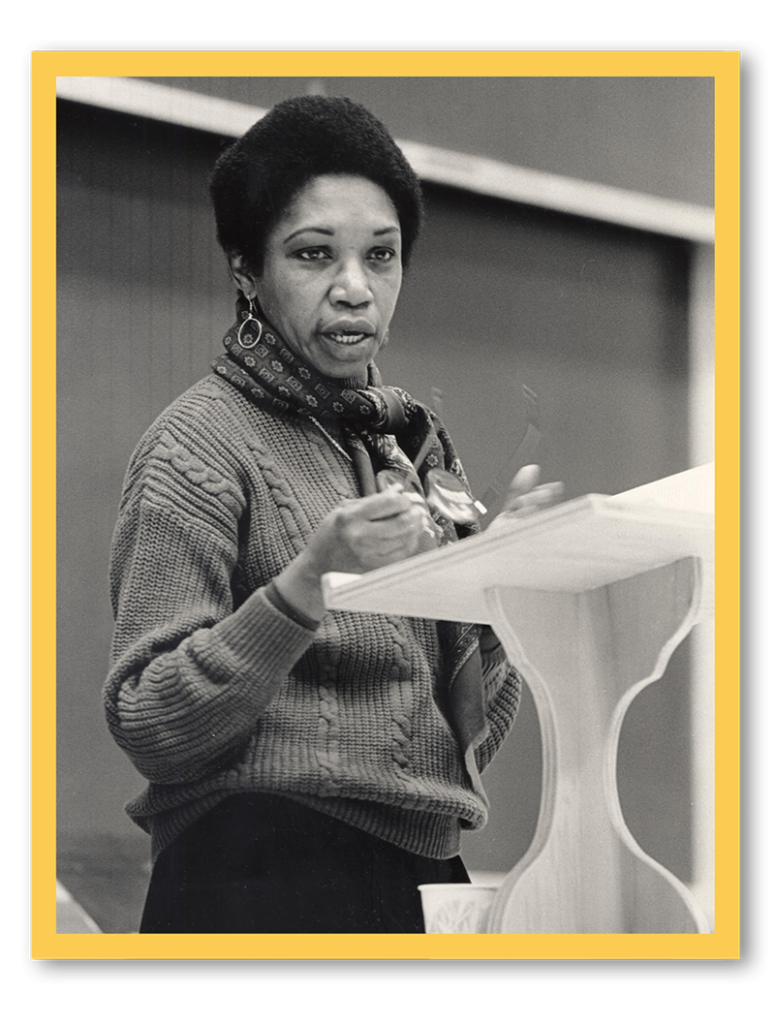
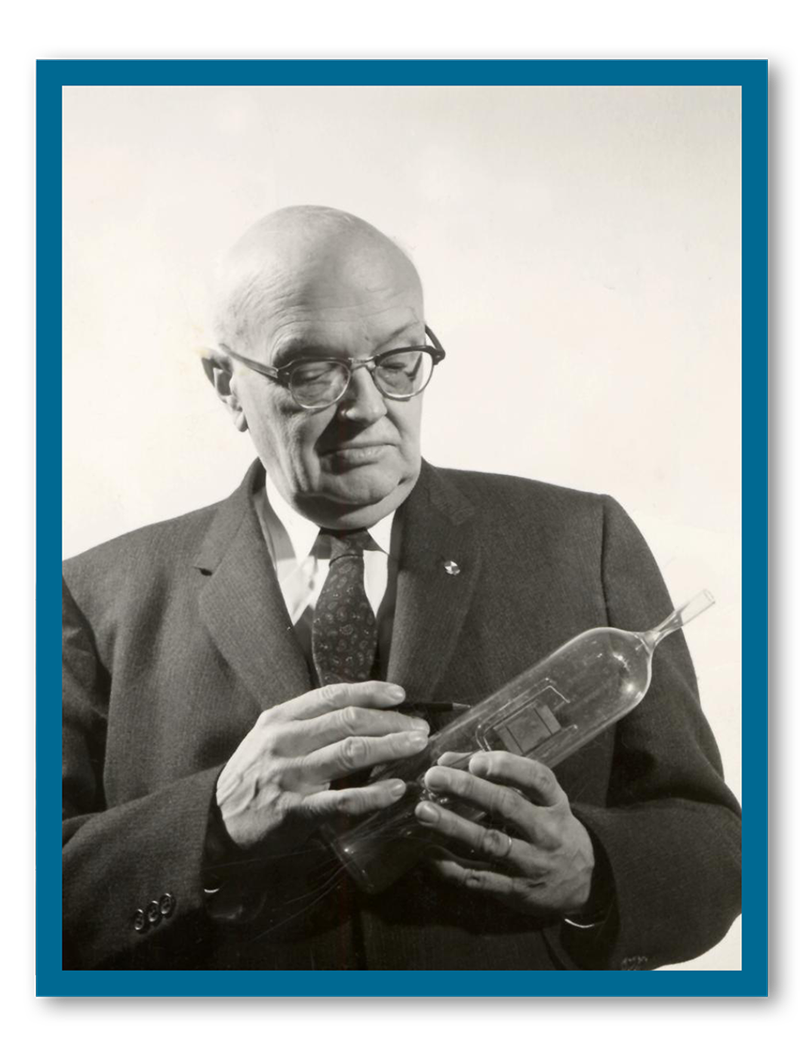
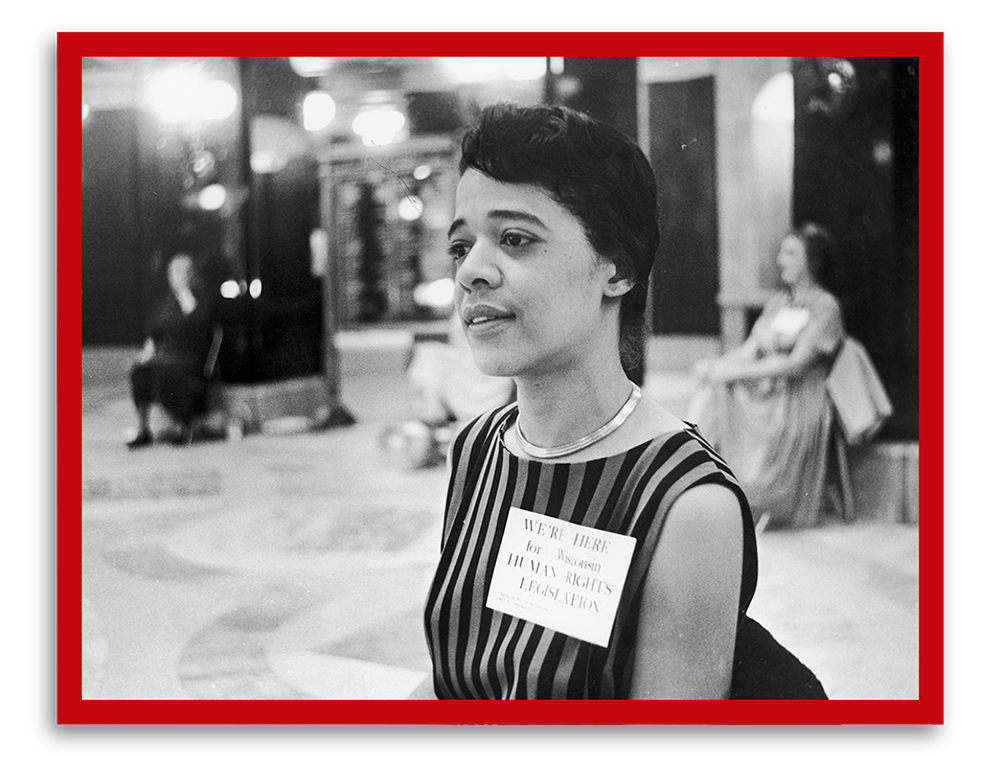
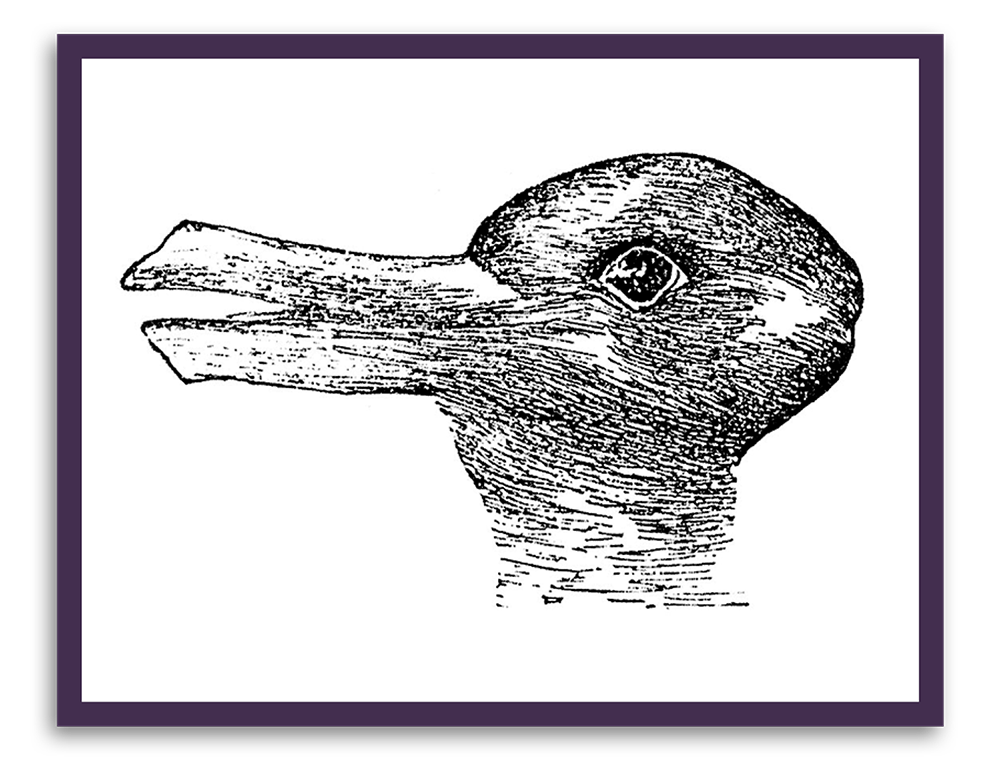
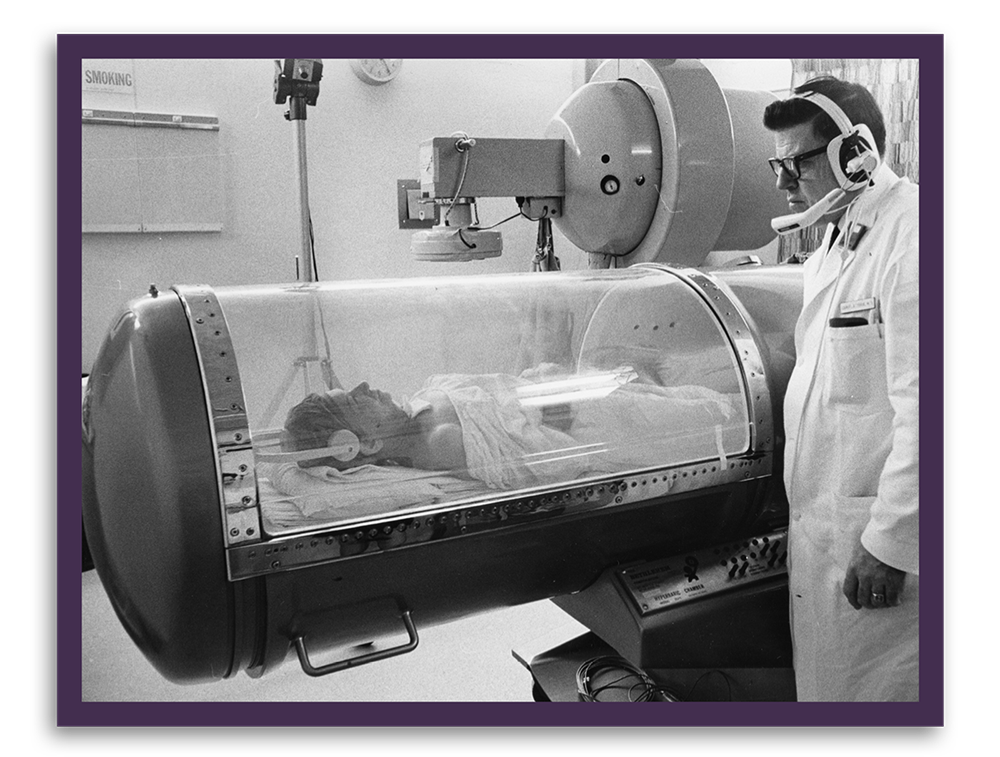
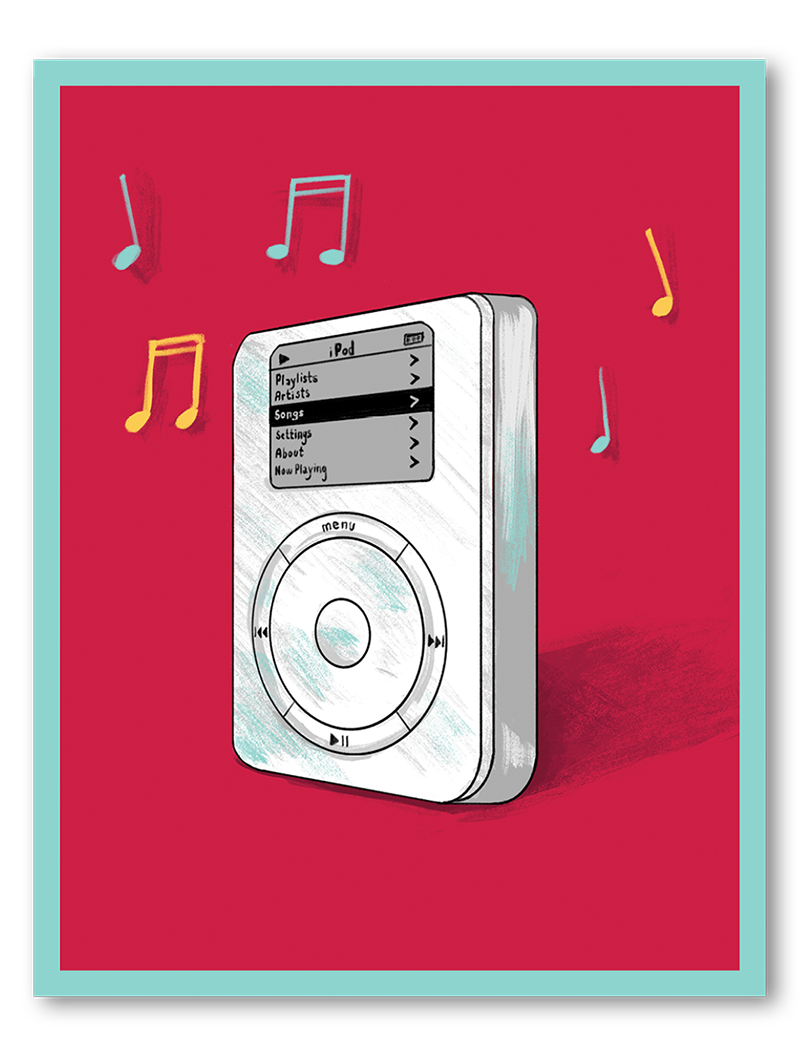
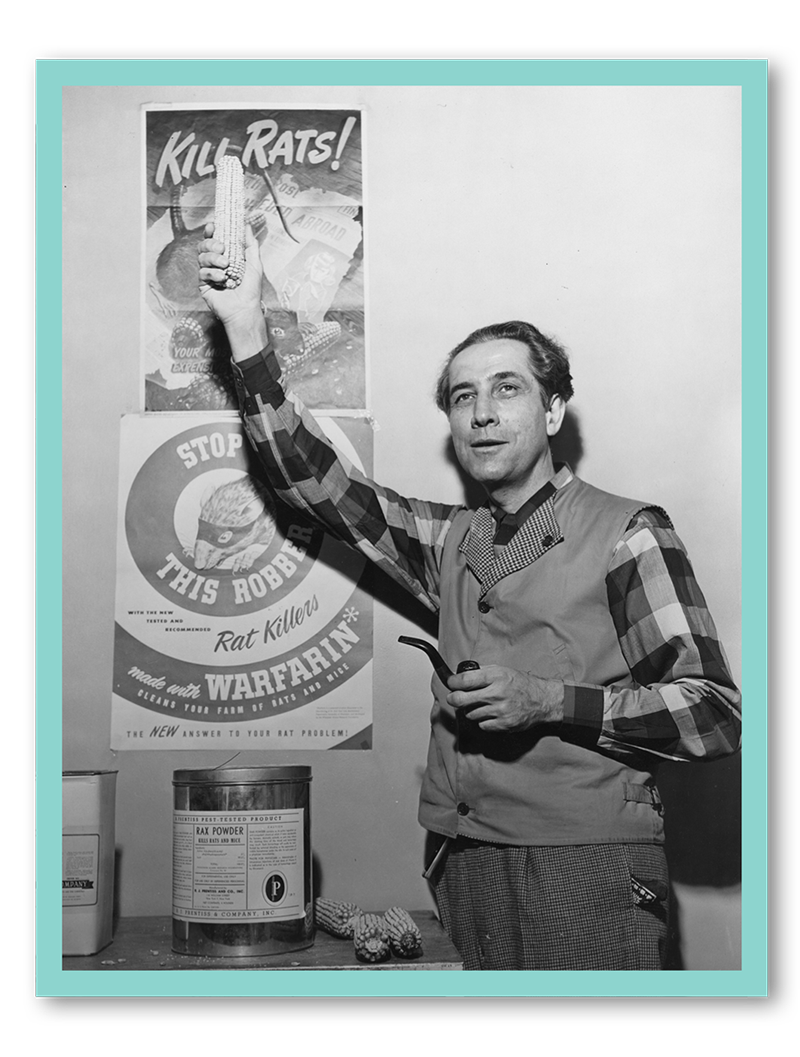
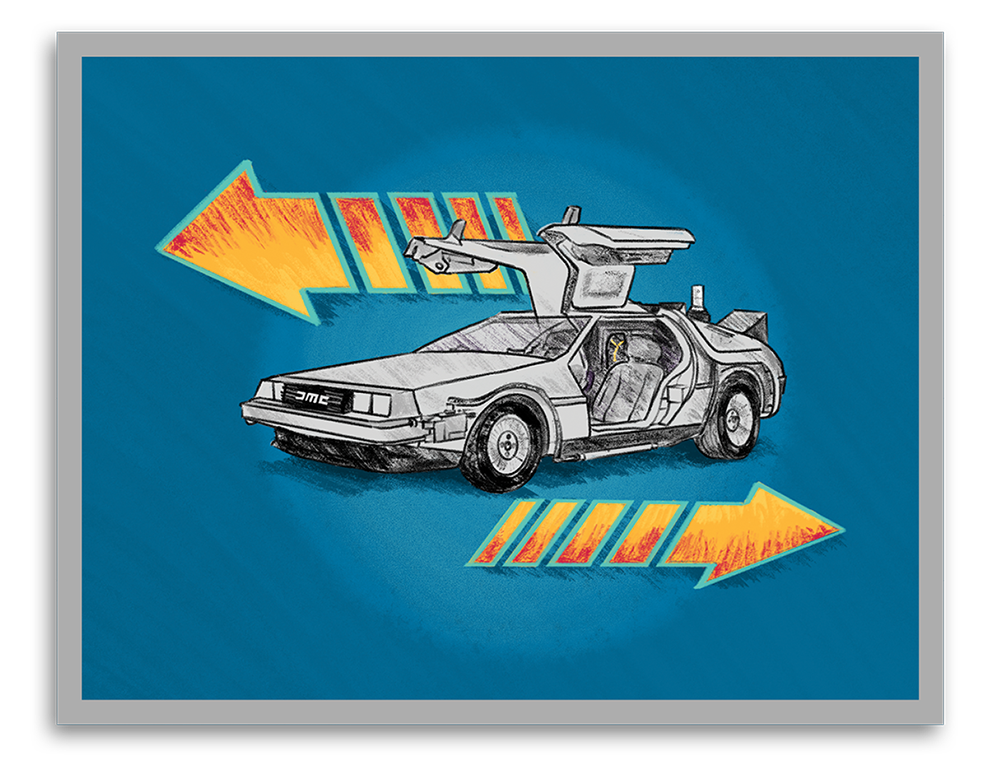

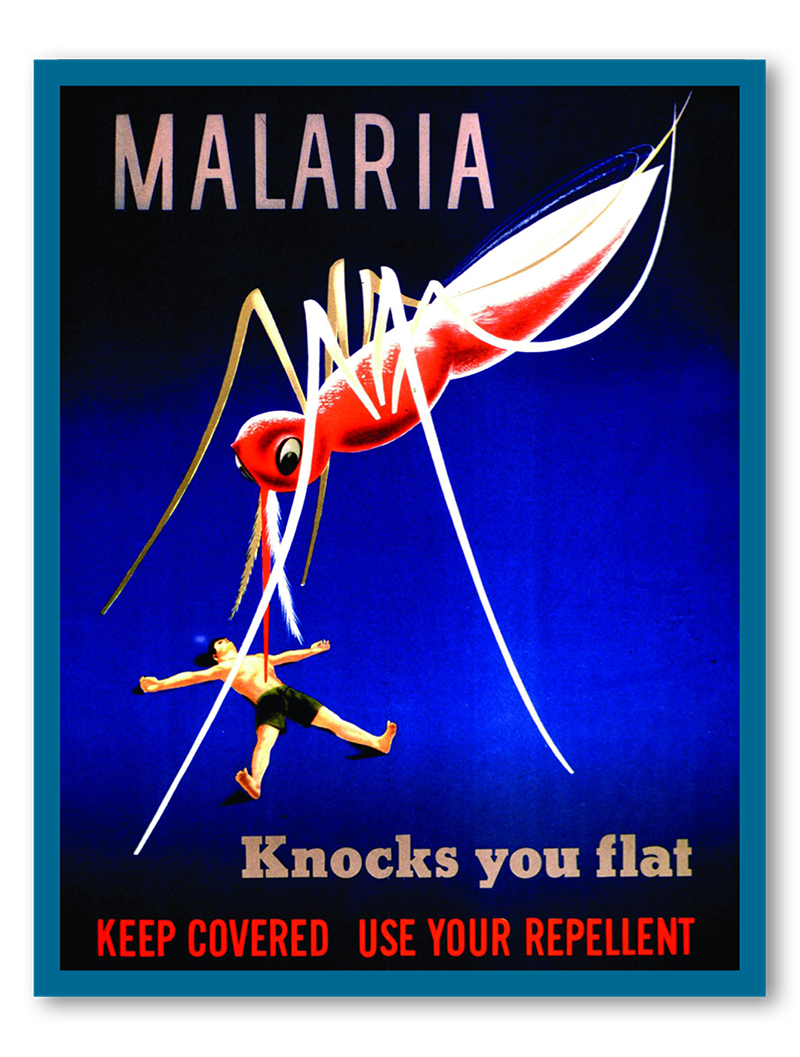
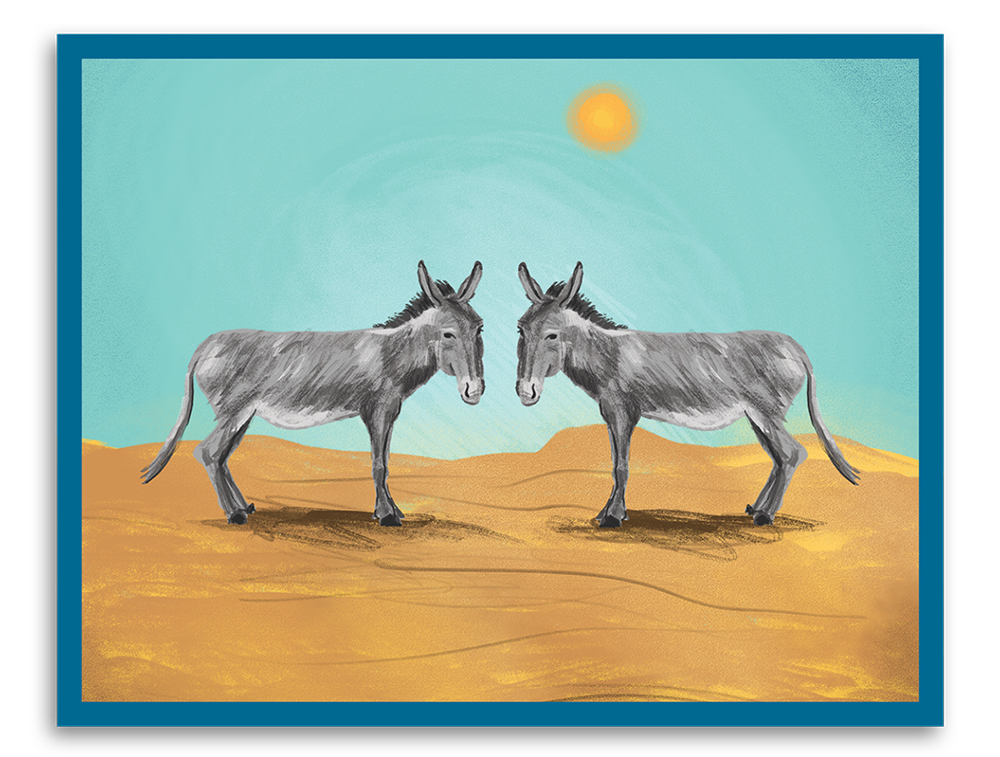
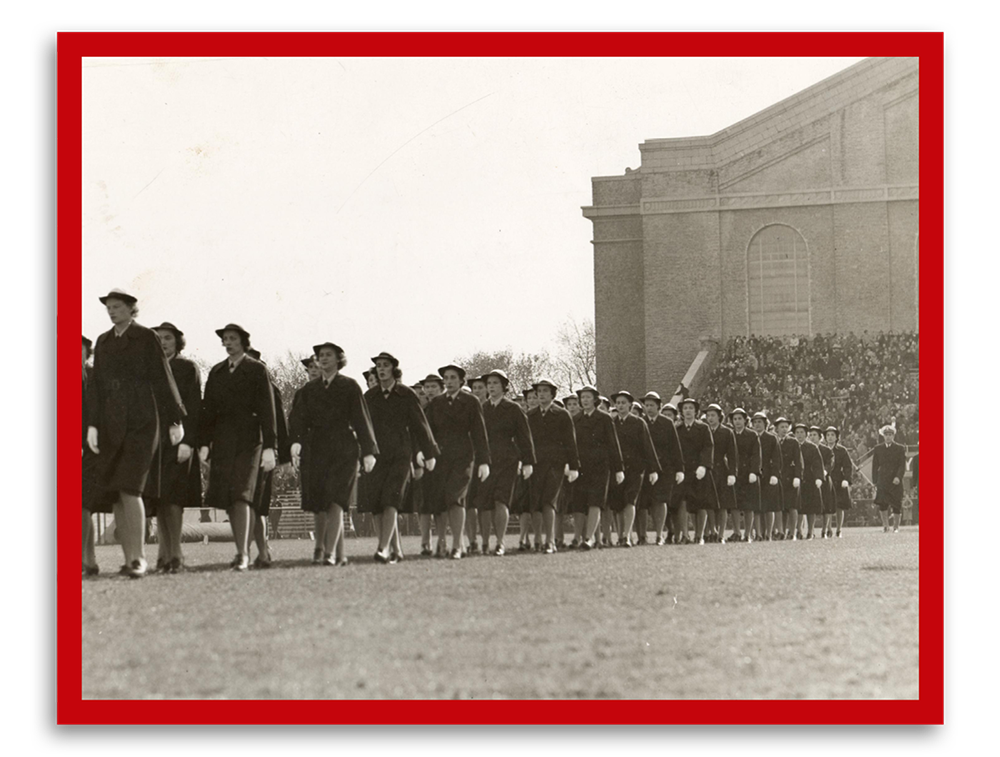
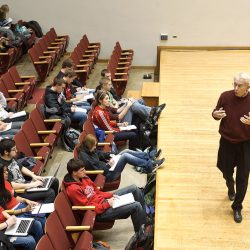
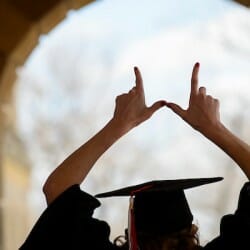

Comments
a September 29, 2023
correction. Raymond Damadian was THE inventor of MRI imaging for medical purposes (FONAR), not “one of”!the inventors. And, he was robbed of the Nobel Prize.
Jill Nadeau October 5, 2023
Where are the answers!?
Niki October 5, 2023
If you scroll about halfway down the story, you will see the answer key.
Kurt Anderson May 5, 2025
#44 Vilas county is not on the border. Iron county is on the border with Michigan.